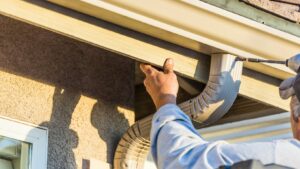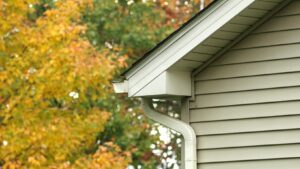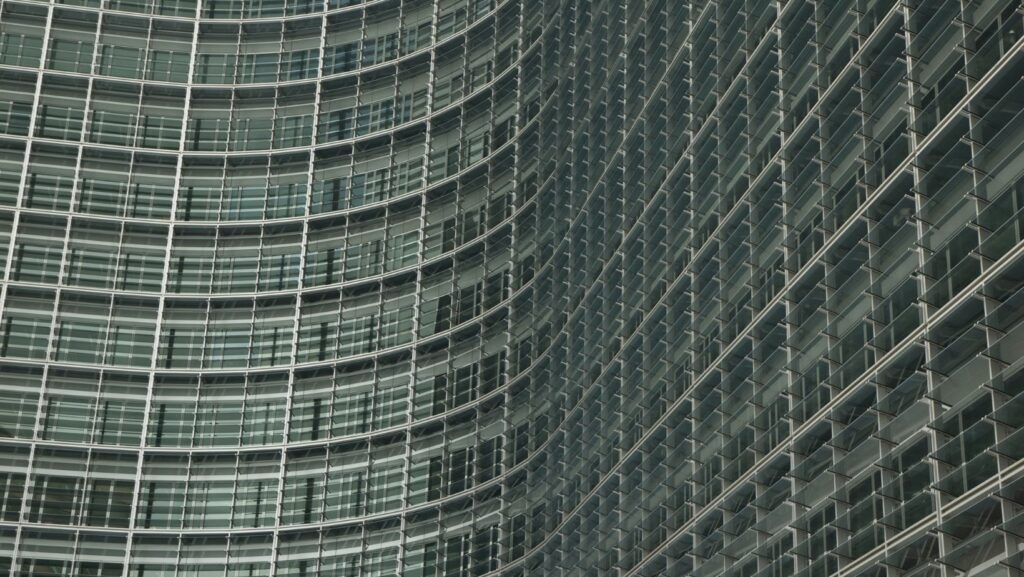In the world of architecture, there’s an element that often goes unnoticed, yet plays a pivotal role in shaping the aesthetic and functional aspects of a building – the fascia. It’s not just a decorative afterthought, but a key player in the architectural game.
Stay tuned as we delve into the world of fascia architecture, exploring its importance, its role in modern building design, and why it’s worth your attention. This journey will reveal the hidden aspects of architecture that are often overlooked but have a significant impact on our built environment.
Table of Contents
ToggleFascia Architecture
The Role of Fascia in Design and Aesthetics
Fascia architecture plays a critical role both aesthetically and functionally in building design. Beyond providing an attractive finish, it contributes to defining the visual identity of a building. Fascia often serves as a canvas for architects, enabling the creation of unique building aesthetics. It plays a crucial part in complementing architectural elements, enhancing visual interest, and articulating design principles.
Fascia Materials and Durability
 Apart from aesthetics, the type of material used in fascia construction significantly impacts durability. Materials differ in their resistance to weathering, insulation properties, maintenance requirements, and appearance. Common fascia materials include metals, like aluminum or steel, wood, UPVC (Unplasticized Polyvinyl Chloride), and composite materials.
Apart from aesthetics, the type of material used in fascia construction significantly impacts durability. Materials differ in their resistance to weathering, insulation properties, maintenance requirements, and appearance. Common fascia materials include metals, like aluminum or steel, wood, UPVC (Unplasticized Polyvinyl Chloride), and composite materials.
Metal fascias, such as aluminum, provide exceptional durability and weather resistance, positively contributing to the longevity of a building. They require minimal maintenance, besides occasional cleaning, and are available in a range of colors and finishes.
UPVC and composite materials, presenting an ideal marriage of durability and ease of maintenance, have grown in popularity in recent years. For example, UPVC fascia boards are lightweight, durable, and resistant to rot and insect infestation. Despite their longevity, they still manage to mimic the appearance of traditional materials, proving an efficient alternative.
Technical Aspects of Fascia Architecture
Structural Functions of Fascia
Fascia architecture holds strategic placement in building construction. It strengthens the overall design integrity, securing the building envelope – a crucial element for enclosing the building’s internal environment and providing weather resistance. It stands as the first line of defense against natural elements such as rain, wind, and snow. Hence, fascia’s structural role provides a barrier that protects the building’s roof and walls from weather-induced wear and tear.
Beyond this defensive role, fascia architecture also aids in channeling water away from the structure. It’s efficient for managing rainwater runoff, where it is often combined with guttering systems to route water away from the building’s base, thereby preventing foundational damage.
Challenges in Fascia Design and Construction
Despite its integral role in building architecture, designing and constructing fascia comes with certain challenges. One common hurdle is the choice of materials. Since fascia is exposed to outdoor conditions, the material used needs to be durable, weather-resistant, and maintenance-friendly. Materials such as metals, wood, UPVC, and composites each come with their own set of pros and cons, influencing long-term durability and aesthetic appeal.
Modern Trends in Fascia Architecture
Incorporating Technology and Innovation
Digital age advancements influence the trends in fascia architecture. Pioneers leverage the power of technology to foster innovative designs, ease the complexity of installation and reduce the cost of maintenance. Among these game-changers, Augmented Reality (AR) tops the list. It allows architects and builders to visualize and modify their fascia designs in real-time.
Eco-Friendly and Sustainable Fascia Solutions
 In addition to technological advancements, sustainable and eco-friendly practices also dominate the modern fascia architecture landscape. Green architecture has opened up new avenues for fascia designs that contribute to energy conservation, minimize waste, and reduce the building’s carbon footprint.
In addition to technological advancements, sustainable and eco-friendly practices also dominate the modern fascia architecture landscape. Green architecture has opened up new avenues for fascia designs that contribute to energy conservation, minimize waste, and reduce the building’s carbon footprint.
For instance, using eco-friendly materials like recycled aluminum or FSC-certified wood for fascia designs highlights commitment to sustainability. These materials, along with their long lifespan, reduce the negative environmental impacts associated with their production.
All You Need to Know
Fascia architecture’s value extends far beyond mere aesthetics. It’s integral to structural stability, energy conservation, and overcoming design challenges. The article has shed light on how fascia fortifies the building envelope, safeguards against the elements, and bolsters energy efficiency. It’s also underscored the hurdles in fascia design, from material selection to aesthetic integration and installation.
